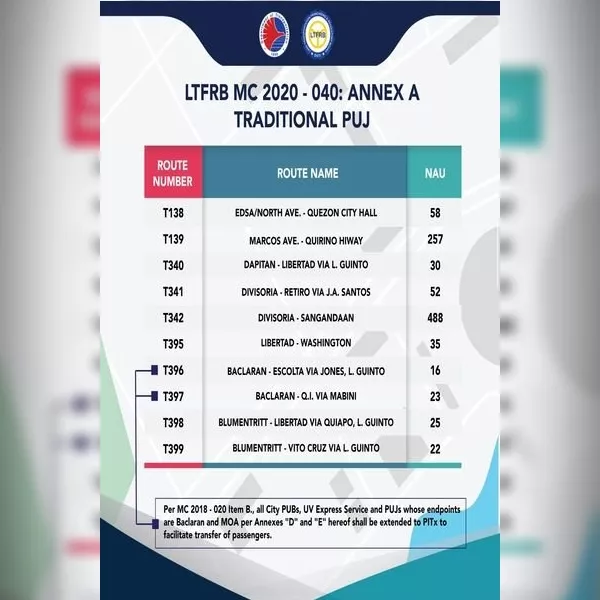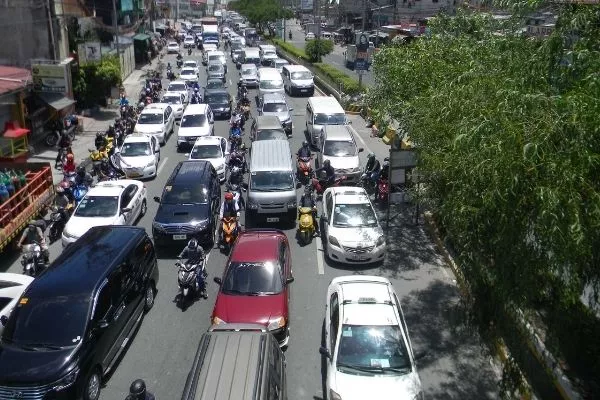With the Philippines currently under the world’s longest lockdown due to COVID-19, one of the more apparent transport-related effects has been the reduction in vehicular traffic. Much of the population has been limited to working (or studying) from home, and public utility vehicles have scaled down or suspended their operations indefinitely.

After months of being sidelined, more than 1,000 jeepneys will be allowed back on their routes.
But the sight of near-empty streets and free-flowing traffic might be coming to an end, as the Land Transportation Franchising and Regulatory Board (LTFRB) announced the reopening of 10 routes in Metro Manila, under Memorandum Circular 2020-040. These will be serviced by 1,006 traditional jeepneys, many of which have been sidelined due to travel restrictions.

The LTFRB has released a list of routes to be reopened
These are routes allowed to reopen for jeepney operators by the LTFRB:
- T138 – EDSA/North Ave. - Quezon City Hall
- T139 – Marcos Ave. - Quirino Highway via Tandang Sora
- T340 – Dapitan - Libertad via L. Guinto
- T341 – Divisoria - Retiro via J.A. Santos
- T342 – Divisoria - Sangandaan
- T395 – Libertad - Washington
- T396 – Baclaran - Escolta via Jones, L. Guinto
- T397 – Baclaran - Quezon Institute via Mabini
- T398 – Blumentritt - Libertad via Quiapo, Guinto
- T399 – Blumentritt - Vito Cruz via L. Guinto

Jeepney units must be ready to comply with minimum public health standards
>>> Related: 5 facts you should know about the Philippines PUJ Modernization Program
However, the LTFRB reminds jeepney operators that resuming operations along these routes entails a number of conditions. Apart from passing the standard roadworthiness tests, jeepneys should also be properly equipped to observe minimum health regulations in light of the pandemic. Drivers must wear masks and gloves, while plastic barriers for separating passengers are required. There also has to be a means of conducting contact tracing in place, and passengers have to be covered by a valid insurance policy.

Good for jeepney drivers and operators, bad for private motorists?
The LTFRB memorandum also stipulates that jeepney operators be assigned a QR Code, in lieu of a special permit. The code has to be prominently displayed on the jeepney’s windshield (without blocking the driver’s view). Jeepney units operating outside their designated routes will be apprehended. If you pass by any of these routes, are you ready for potentially heavier traffic in the days ahead?
More traffic updates come your way at Philkotse.com.
Recent posts
- Icons Philippine Motoring mighty Jeepney Jun 08, 2020
- DOTr clarifies that the PUJ modernization plan will still continue Nov 27, 2019
- Updates on the proposed Jeepney Modernization plan Oct 10, 2019
- 6 most common issues Filipinos have with Jeepneys Mar 14, 2019
- PUJ modernization not a program against jeepneys Oct 12, 2020












